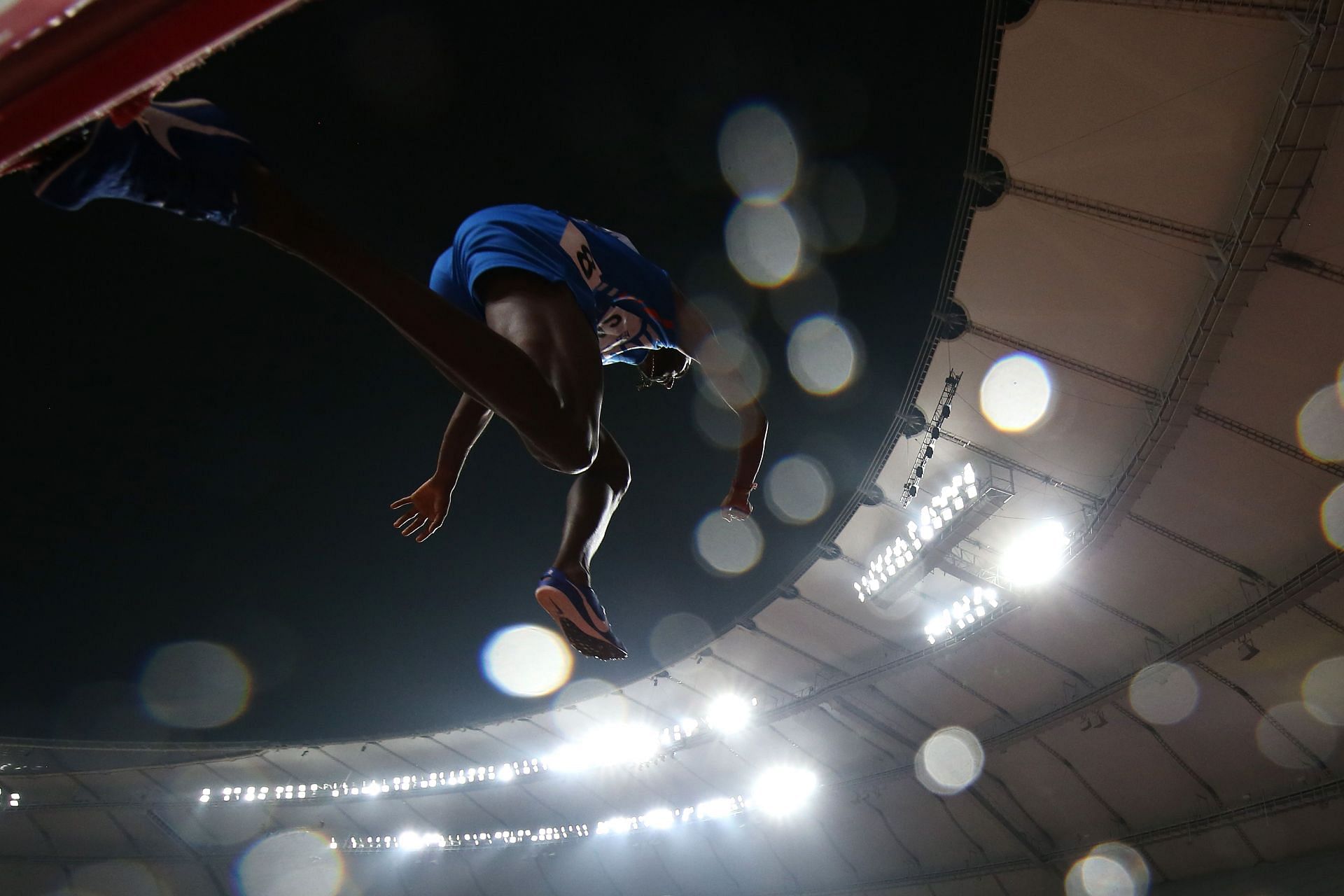The Mechanics of a Steeplechase Fall: Men’s Steeplechase Fall

The steeplechase, with its unique combination of speed, endurance, and technical obstacles, is a thrilling and demanding event. However, the inherent risks of this race, particularly the water jump, can lead to falls, resulting in potential injuries for athletes. Understanding the mechanics of these falls is crucial for athletes, coaches, and medical professionals to implement strategies for prevention and proper management of injuries.
Causes of Falls in Steeplechase Races
Falls in steeplechase races are often caused by a combination of factors, including the inherent difficulty of the water jump, the high speeds involved, and the fatigue experienced by athletes. The water jump, with its slippery surface and unpredictable water conditions, presents a significant challenge. The water’s depth and flow rate can vary, leading to uneven footing and unexpected momentum shifts. Additionally, the high speeds at which athletes approach the jump, often exceeding 20 miles per hour, leave little room for error. Fatigue, a common factor in long-distance races, can impair an athlete’s balance, coordination, and reaction time, further increasing the risk of falls.
Biomechanics of a Steeplechase Fall
A steeplechase fall typically involves a sequence of events:
- Loss of Balance: The athlete loses balance due to a misstep, an unexpected change in the water jump’s surface, or a sudden shift in momentum.
- Impact: The athlete falls, impacting the ground or water surface with varying force depending on the speed and angle of the fall.
- Injury: Depending on the impact force and the body part involved, injuries such as sprains, strains, fractures, and concussions can occur.
The forces involved in a steeplechase fall are significant, particularly when considering the athlete’s speed and the impact with the ground or water. The sudden deceleration and impact can cause a wide range of injuries, from minor sprains to severe fractures.
Types of Falls in Steeplechase Races, Men’s steeplechase fall
Steeplechase falls can occur in various ways, depending on the specific circumstances and the athlete’s actions.
- Misstep: Athletes can trip over the barrier or misstep on the approach to the water jump, leading to a fall.
- Water Jump Miscalculation: Incorrectly judging the water’s depth or flow rate can cause athletes to lose their balance and fall.
- Loss of Momentum: A sudden decrease in momentum, often due to fatigue, can make it difficult for athletes to maintain balance, leading to a fall.
For instance, in the 2012 London Olympics, Ethiopian runner Getaneh Molla fell in the water jump during the men’s steeplechase final, highlighting the unpredictable nature of this obstacle. This fall was attributed to a misstep on the approach to the water jump, resulting in a loss of balance and a subsequent fall.
Men’s steeplechase fall – The crowd gasped as the runner stumbled, his momentum carrying him towards the unforgiving barrier. It was a heart-stopping moment, a stark reminder of the inherent danger in the steeplechase race. This thrilling, yet brutal, event demands both athletic prowess and a delicate balance of courage and caution.
The fall, a jarring spectacle, served as a poignant reminder of the unforgiving nature of the sport, leaving the spectators breathless with both fear and awe.
The men’s steeplechase is a race of raw athleticism and nerve-wracking unpredictability. One wrong step, a mistimed leap over the water barrier, and a competitor can find themselves sprawled on the track, their dreams of victory dashed. It’s a stark contrast to the graceful, almost effortless strides of el bakkali , a Moroccan athlete who has redefined the event with his impeccable technique and unwavering focus.
His success reminds us that even in a race filled with potential for chaos, true mastery can prevail.